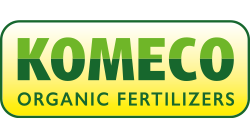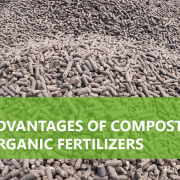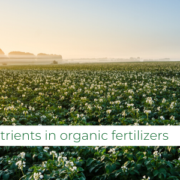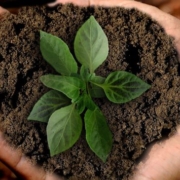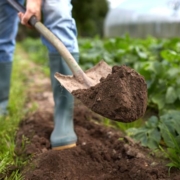Calcium (CaO) and Magnesium (Mg); nutrients in organic fertilizers (part 3)
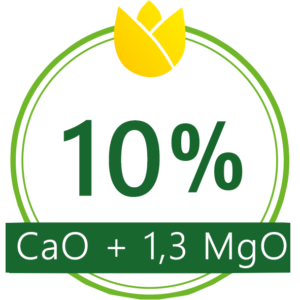
For the third article in the series of five, we will outline the nutrients magnesium and calcium. In the world of fertilizers these two elements are called ‘secondary elements’. Important to keep in mind is that they are not less important than the primary elements N-P-K. What is the effect of magnesium and calcium and what about the availability during cultivation? What do they do for both soil and plants?
In general you can say that magnesium and calcium are both well known concepts. Both nutrients are present in organic fertilizer pellets and play a role for soil management and the plants or crops growing on the soil.
Calcium stimulates structure and workability
The nutrient calcium is very important for both soil and plant. Calcium is an important building block for cell walls and contributes to the cell extension and growth of a plant. Calcium provides the plant to become better resistant during growth and in addition calcium influences the absorption of trace elements. In other words, one nutrient reinforces the other. Calcium also contributes to a better structure and good workability of the soil.
In short, calcium is indispensable for both soil and plant and that’s why it is necessary in every fertilization plan. The calcium in the organic fertilizers of Komeco will be released for 60% within the first three months after application.
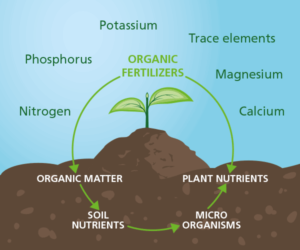
Many nutrients in organic fertilizers.
Magnesium (Mg) is essential for crop growth
The nutrient magnesium can be found in the soil, but the content varies greatly per soil type. Magnesium is needed for the formation of chlorophyll of the plant. Photosynthesis can only be carried out with chlorophyll. Photosynthesis takes care of the production and therefore magnesium is an important element contributing to the yield. A lack of magnesium causes yellow discoloration of the leaves.
The magnesium in organic fertilizers of Komeco will be released for 100% within the first three months after application. An organic fertilizer is thus a solid soil nutrition in the supply of magnesium. Are you curious about the availability of other nutrients, like nitrogen, phosphate and potassium? In part 2 we outline the NPK within organic fertilizers.
Homogeneous composition in organic fertilizers
In manure the values of nutrients differ greatly and thus it is difficult to name the level of nutrients. At Komeco we mix the manure well during the controlled composting process. This results in a homogeneous composition and it creates organic fertilizer pellets offering the right nutrients for every crop and plant.
With the different organic fertilizers of Komeco you provide the soil of a wide range of nutrients. A high soil quality leads to better growth of crops and in the end higher yields. Organic fertilizers are a truly valuable addition for the soil.
Note for agricultural professionals
Adding organic fertilizer into the soil is therefore important, but the added value varies per soil type. For professional use in agriculture, horticulture and fruit and vegetable cultivation, we advise you to look at what your soil needs together with a fertilizer advisor.
